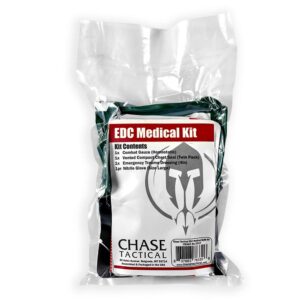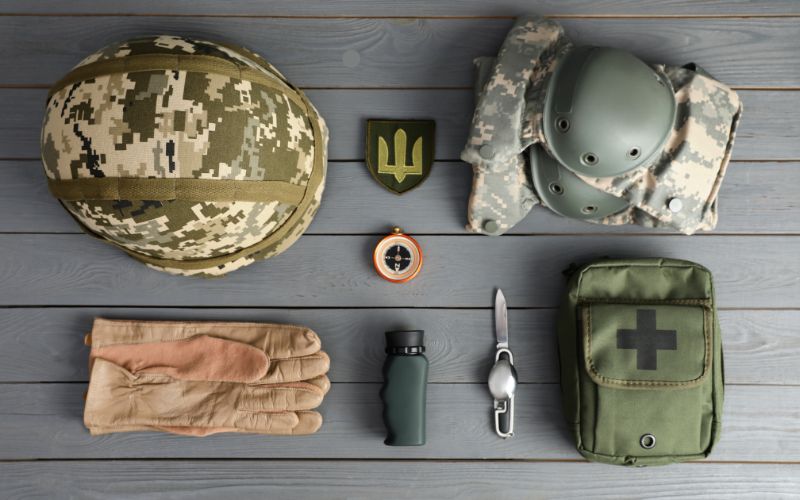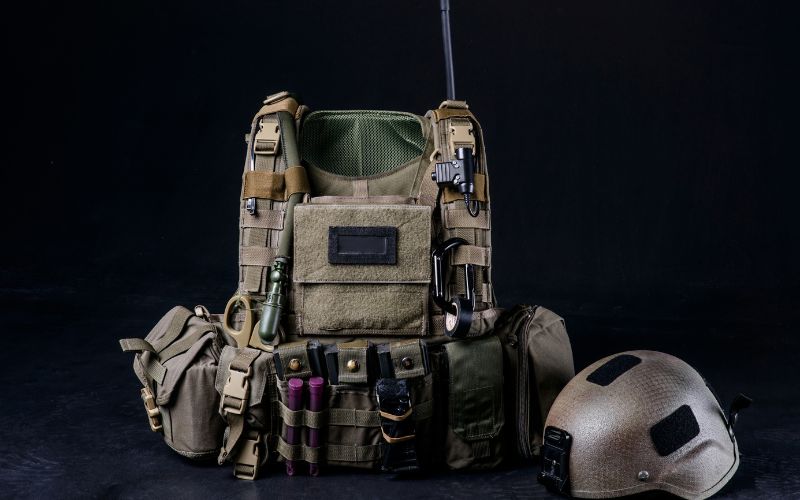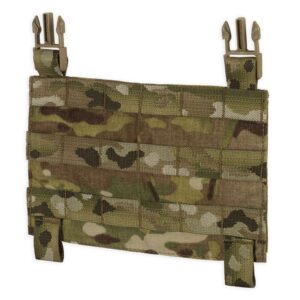MOLLE Gear Organization Tips

MOLLE (Modular Lightweight Load-carrying Equipment) gear plays a crucial role in tactical operations. Whether you are part of the military, law enforcement, or an outdoor recreationist, how well you set up your MOLLE gear can make or break your effectiveness in high-pressure situations. This guide outlines the significance of proper MOLLE system setup and provides straightforward tips to keep your gear easily accessible and mission-capable.
The Role of Perfect MOLLE Gear in Tactical Operations
In combat operations, speed, accuracy, and preparedness matter most. MOLLE equipment enables users to tailor their tactical loadout to meet their requirements. From rapid access to ammunition to the transport of medical packs or hydration bladders, proper configuration enhances both performance and safety.
An optimized MOLLE system reduces unnecessary movement, saves time when time counts, and eliminates fatigue from carrying misplaced or over-weighted gear. In short, your MOLLE configuration may be a success or a failure.
MOLLE Gear Organization Tips
Well-organized MOLLE gear is more than just about appearance; it’s about safety, performance, and functionality. To get the most out of your MOLLE system, follow these tips.
1. Plan Before You Pack

Before affixing any pouches or equipment, take time to consider. Reflect on your mission or excursion needs. Ask yourself: What do I need immediate access to? What can be stowed for future use?
This process prevents overpacking and ensures that everything has a purpose and a designated home. Mapping your loadout or using a checklist can be very beneficial.
2. Prioritize Accessibility

Place high-priority items where they are easiest to access. For example, medic kits should be easily accessible, ideally on your chest or outer leg. Magazines need to be in front of you if you’re a combatant.
Do not put important gear underneath piles of pouches. Store the gear that you use most frequently with your dominant hand.
3. Apply Compatible and High-Quality Pouches
Not all pouches are equal. Use pouches that fit your MOLLE system’s specifications. Better quality gear fits better, lasts longer, and offers a more secure connection.
Spending money on tough, weather-resistant pouches is always a good idea if you work in an abusive environment.
4. Balance the Load
Uneven weight will make you slow and tire quickly. Spread the weight evenly on your vest or pack. Carrying heavier objects close to the center of your back will ease the strain and help you maintain your agility.
Avoid carrying all your equipment on one side, as this may disrupt your balance and impair your performance.
5. Label Your Pouches
In high-stress or low-light environments, labeled gear is a time and effort saver. Label the pouch contents with Velcro tags or color patches. This is particularly useful for team applications where multiple users need to access each other’s equipment. Even simple labels such as “Med,” “Ammo,” or “Tools” can be a big saver.
6. Don’t Overpack

Less is better when it comes to MOLLE gear. Use the bare essentials and avoid excess. Too many pouches weigh you down and make it more difficult to move quietly and swiftly.
Cut back your equipment after each mission or outing. Reflect on what you utilized and what remained unopened.
7. Manage Cables and Hydration Tubes
Loose cords, hydration tubes, and wires can catch on everything or get in a person’s way. Secure them in place using MOLLE loops or Velcro straps.
Cable management prevents mishaps and keeps your equipment clean and professional-looking.
8. Modular Setup for Changing Needs
Plan your MOLLE configuration to be modular and field-configurable. Your requirements may vary based on the mission, weather, or ground. Detachable sections or mission-designed configurations can be a significant plus.
This allows for rapid changes without requiring a restart from the beginning.
9. Referentially Maintain and Inspect Gear
Inspect your MOLLE system regularly for wear and damage. Loose stitches or broken clasps can undermine the functionality of your gear.
Clean your pouches and check your attachments before and after every usage so that everything operates efficiently.
10. Practice With Your Loadout
Practice with your gear in training conditions to become comfortable with it. The more frequently you use your configuration, the faster you’ll be at reaching for your tools when it matters.
Run drills, pace yourself, and adjust your configuration based on what slows you down. Your loadout should be an extension of your body.
11. Configure Based on Your Role
Various roles have different priorities for equipment. A medic will want instant access to trauma packs, while a squad leader will wish to have communication devices at the top of their priority list. Configure your MOLLE configuration based on your responsibilities to maximize efficiency.
Know your purpose and create your MOLLE setup accordingly. The more particular your configuration, the better you’ll be at what you do.
12. Keep Season and Environment in Mind
Your weather and terrain may alter your equipment needs. In cold temperatures, you may want to consider additional insulation or rainproof pouches to stay warm. In warm environments, staying hydrated is most important.
Adapt your MOLLE setup to the terrain. This maintains mobility and readiness in the face of unexpected obstacles.
13. Body Armor or Backpack Integration

When wearing a plate carrier or tactical backpack, ensure the smooth compatibility of MOLLE gear with the plate carrier. Avoid placing bulky pouches where your armor plates overlap, and ensure your backpack straps are not restricted.
Smooth integration of body armor and MOLLE configuration enhances comfort and maximizes maneuverability.
Conclusion
An organized MOLLE system is essential for individuals who rely on tactical equipment. By investing time to organize, prioritize, and maintain your gear configuration, you are more effective and safer in the field. You aim to have a configuration that works efficiently and effectively, allowing you to deliver at your optimal capacity in any environment.
Keep in mind, MOLLE gear is just as good as the individual who uses it judiciously. Practice these tips regularly, and you’ll be better prepared, more agile, and mission-capable each time you venture out.
Frequently Asked Questions
What does the acronym MOLLE stand for?
MOLLE is an acronym that stands for Modular Lightweight Load-carrying Equipment. It’s a tactical system employed by military and tactical units to mount pouches and gear onto vests, backpacks, and belts.
Are civilians allowed to employ MOLLE gear?
Yes, MOLLE gear is used widely by hikers, hunters, survivalists, and outdoor explorers. It’s ideal for keeping tools and supplies for any harsh activity.
How do I attach pouches to a MOLLE system?
Thread the MOLLE straps on the pouch through the rows of webbing on your pack or vest. Hold it tight so that it won’t make any noise or wobble.
How often should I inspect my MOLLE gear?
Ideally, check it before and after use. Check for wear, cracked straps, and loose stitches to prevent failures in the field.
Can MOLLE equipment be integrated with other tactical systems?
Some equipment is cross-compatible, but this is due to design considerations. Always check for compatibility before mixing systems.

